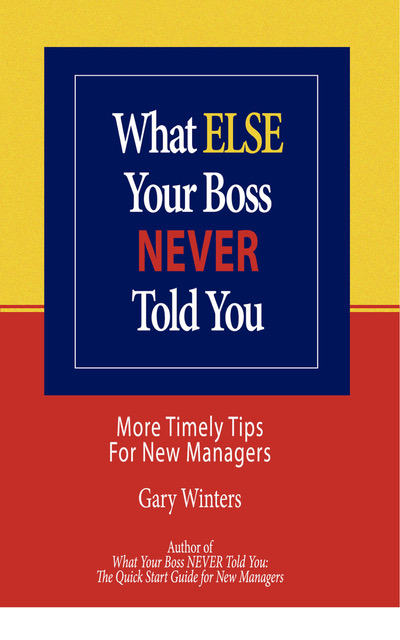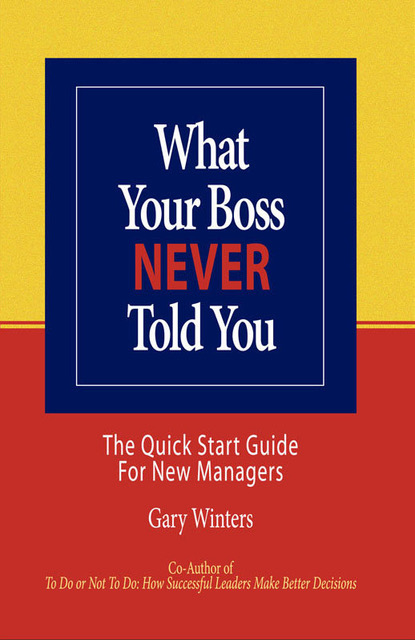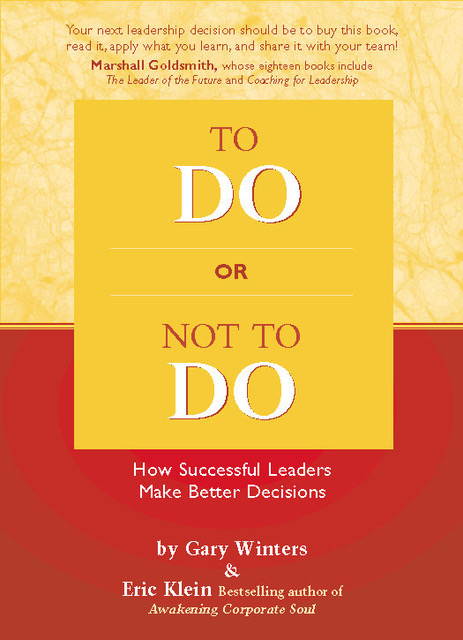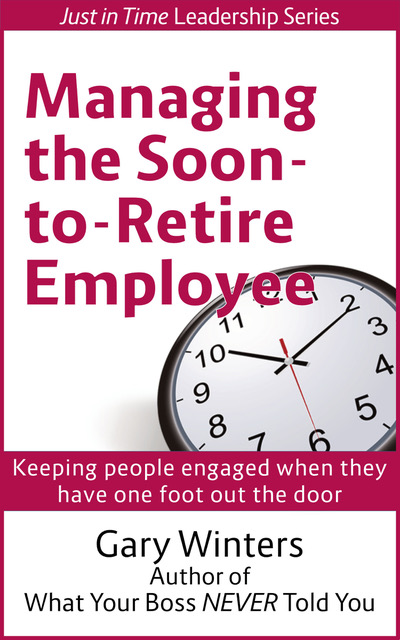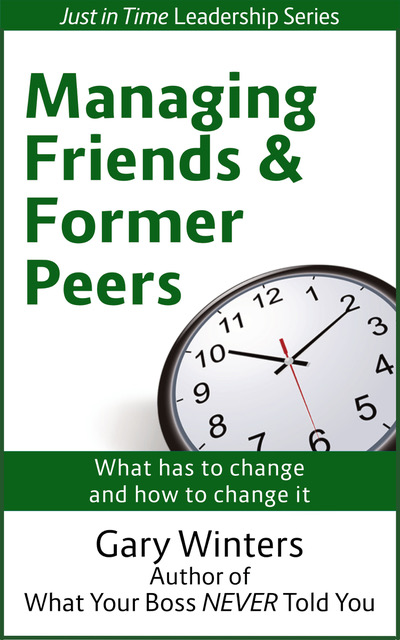You look around, and you realize it’s going to be another one of those days. Everyone – you, your staff, your boss, your peers – just about everyone seems to be stuck in a rut. Same stuff, different day.
Ever wish you could channel a little Knute Rockne?
“Well, boys … I haven’t a thing to say. Played a great game…all of you. Great game. (Rockne tries to smile.) I guess we just can’t expect to win ‘em all.
I’m going to tell you something I’ve kept to myself for years. None of you ever knew George Gipp. It was long before your time. But you know what a tradition he is at Notre Dame.
And the last thing he said to me, “Rock,” he said “sometime, when the team is up against it – and the breaks are beating the boys – tell them to go out there with all they got and win just one for the Gipper.”
Knute’s eyes become misty and his voice is unsteady as he finishes. ”I don’t know where I’ll be then, Rock,” he said. “but I’ll know about it – and I’ll be happy.”
Of course, all the players roar and charge out into the stadium.
It’s not that simple.
Despite all the talk about vision and mission and purpose and goals and strategy and continuous improvement and employee involvement and all of that stuff, people get bored, they get tired, they get burned out, they get complacent, and they become less productive.
We’re not machines. We’re human and we get distracted or moody or anxious or angry or disillusioned. And when we do, a pep talk probably won’t turn the tide.
But there are four practices you can engage that can minimize the impact of ruts. They can help people refocus, recharge, and recommit.
- Remind your people how what they do has an impact on the larger aims of the organization – and how these aims help make the world a better place.
- Be hands-on only as much as needed and hands-off as much as possible.
- Look for opportunities for people to expand their capabilities and assume more responsibility.
- “Catch ‘em doing something right,” as Ken Blanchard was fond of saying. Remember, what gets rewarded (with a little recognition) tends to get repeated.
You might not prevent the occasional rut altogether, but you can create an environment which fosters achievement and commitment.

